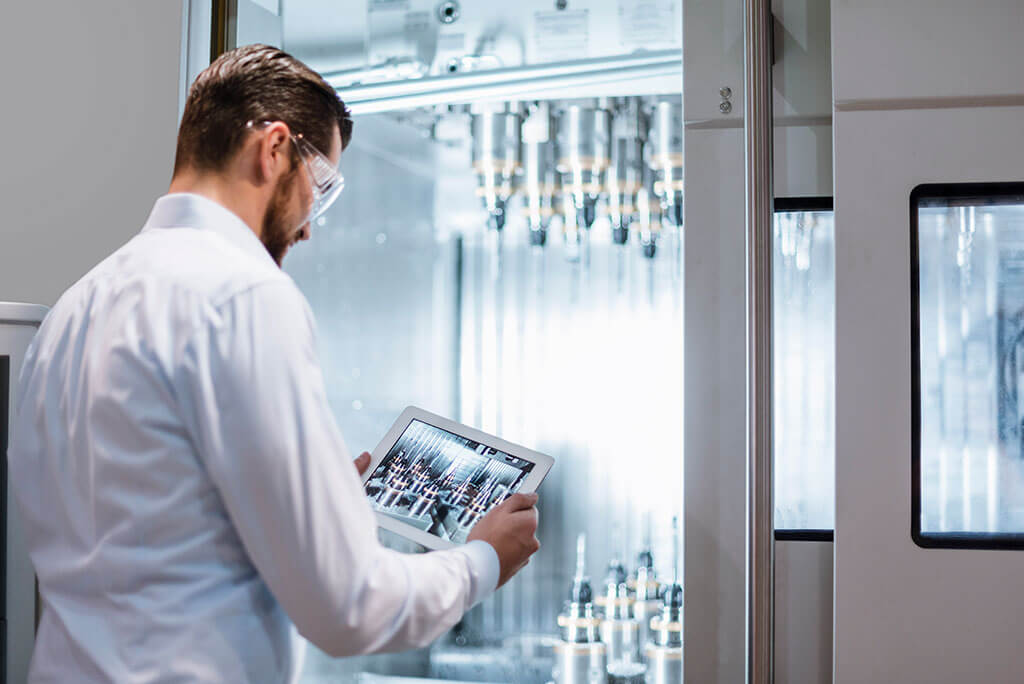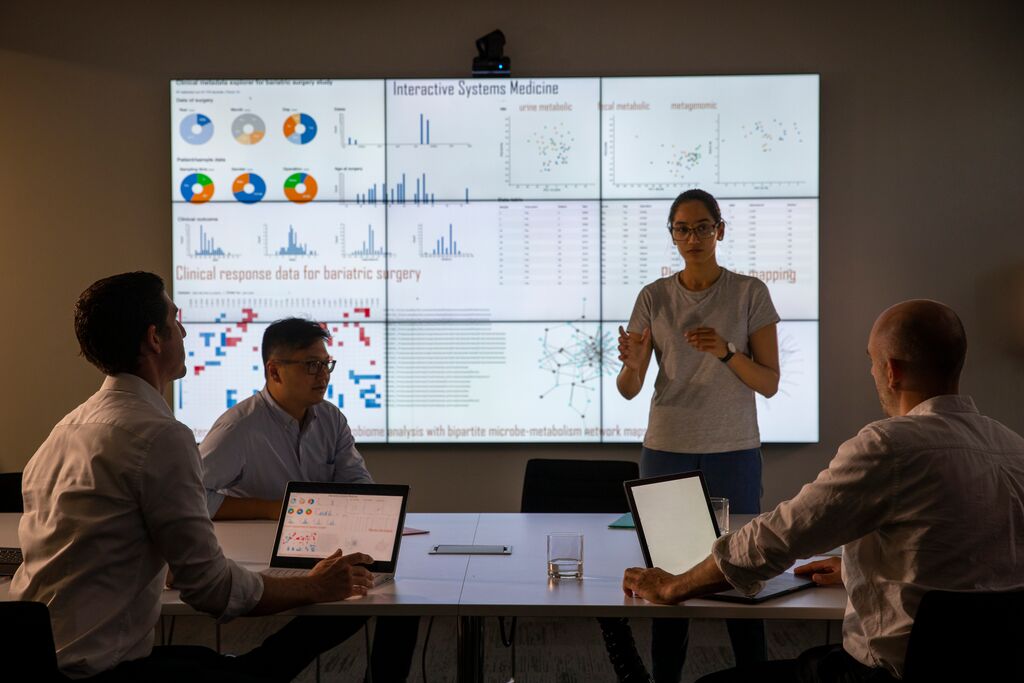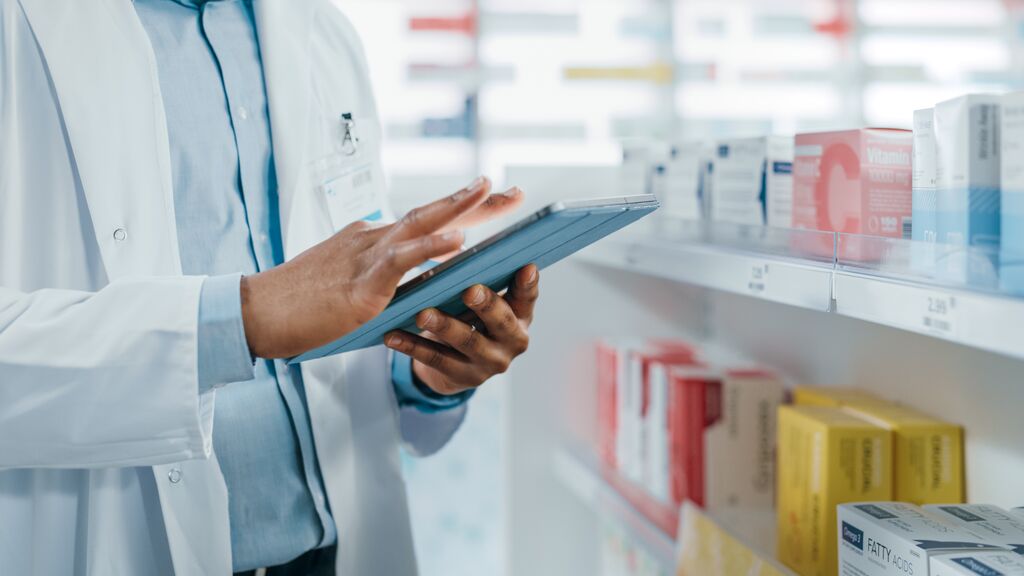Generate and disseminate strategic and impactful Real World Evidence to meet regulators, payers, providers and patients' needs






























- Locations
- Asia Pacific
- Real-World Data Utilization for Innovative Drugs in Asia-Pacific Region
Introduction:
The Asia-Pacific (APAC) region is witnessing a surge in the adoption of innovative drugs, driven by advancements in technology, changing demographics, and evolving healthcare systems. Real-world data (RWD) are increasingly being leveraged to understand the safety, effectiveness, and value of these innovations. This blog provides an overview of RWD use for the development and use of innovative drugs in the APAC region.
Key Trends and Insights:
- Life Science Research: Pharmaceutical firms in the APAC region are using RWD across various stages of product development, ranging from pre-trial design to post-market surveillance. Regulatory standards and clinical guidelines vary among APAC markets due to cultural, linguistic, economic, and regulatory differences. Pre-trial design encompasses study protocol development, site feasibility assessment, navigating regulatory approval, investigator selection, and compliance with local ethical and regulatory standards. A comprehensive pre-trial design aids in identifying insight gaps, facilitating the establishment of country-specific inclusion criteria for clinical trials tailored to patient populations.
- Regulatory Decision-Making: Regulatory bodies throughout the APAC region acknowledge the significance of RWD in evaluating product safety and efficacy. Enhancing technical and regulatory success serves as a crucial strategy for pharmaceutical companies to mitigate financial risks linked to investing in expensive research and development initiatives.1 This approach helps them reduce the financial risks inherent in such investments.1 Additional guidance regarding the usefulness and adoption of real-world evidence (RWE) has been provided by other significant regulatory bodies, including the European Medicines Agency(EMA), the Pharmaceuticals and Medical Devices Agency (PMDA) in Japan, the National Medical Products Administration (NMPA) in China, and the Taiwan Food and Drug Administration (TFDA).2,3 The gathering of RWE through carefully crafted studies is particularly vital in Asia. With only approximately 17% of clinical trials occurring in Asia, there is frequently a lack of representation of Asian populations in pivotal clinical trials.4,5 Within certain Asian healthcare systems, such as those in Singapore, Taiwan, and South Korea, electronic medical records (EMRs) might additionally serve as sources for generating local clinical effectiveness data.6 Initiatives such as the use of electronic health records and post-market surveillance databases are being implemented to supplement traditional clinical trial data, expediting the approval process for innovative drugs.6
- Health Technology Assessment (HTA): Governments and payers in the APAC region are progressively integrating RWD into their HTA frameworks to assess the value of new interventions. In the past, HTA agencies in Asia have relied on RWE to guide coverage decisions, often without explicit and formal methodological guidelines.7 HTA agencies are investigating the utilization of RWE to enhance the benefit-risk evaluation of innovative drugs.8,9 Through the analysis of real-world outcomes and cost-effectiveness, decision-makers can make informed reimbursement decisions and allocate resources more efficiently, thereby guaranteeing wider patient access to innovative therapies. In countries such as South Korea, Japan, and Taiwan, among others, reimbursement decisions align with market entry timing, typically occurring shortly after regulatory approval. RWE is considered when reassessing initial funding decisions or when adjusting prices.10 In contrast, reimbursement decisions in several other Asian markets, such as Indonesia, Malaysia, China, the Philippines, Singapore, and Thailand are not determined upon market entry. RWE serves to provide assurance regarding the effectiveness of technologies in the local context for these nations.10
- Precision Medicine: Historically, medicine has favoured disease-centred approaches, offering standardized therapies for the "average patient".11 While effective in many cases, this approach has limitations, particularly with complex conditions such as cancer or inherited disorders.9 Precision medicine represents a patient-centric shift, by tailoring the treatment to a subpopulation of people who differ in their susceptibility to developing a particular disease or response to a specific medicine.12 APAC nations are investing in precision medicine initiatives that utilize RWD to tailor treatments according to individual patient characteristics.13 RWD holds vast potential across various healthcare domains, bolstering health system efficiency, evaluating treatment effectiveness through comprehensive real-world data analysis, and personalizing treatments for individual patient profiles via 'precision medicine'. By integrating genomic, clinical, and lifestyle data, healthcare providers can improve treatment selection and dosing, leading to better outcomes and reduced adverse events.14 Additionally, RWD, combined with artificial intelligence (AI), can enhance clinical trial design and streamline patient recruitment.15 AI converts this RWD into actionable insights, amplifying the possibilities of precision medicine by expediting patient-to-trial matching and recruitment. Furthermore, AI monitors patients throughout trials, improving adherence control and generating more dependable and valid endpoint assessments.13
- Patient-Centric Healthcare: Patient centricity involves placing the patient and their subjective needs and perceptions at the core of the healthcare paradigm. In the APAC region, there is often a focus on prioritizing the physician's time rather than understanding the patient.16 Therefore, the engagement of patients by health systems throughout their healthcare journey, along with a corresponding willingness of the public to participate in the healthcare ecosystem, directly affects national health outcomes. RWD is enabling patients to play an active role in their healthcare decisions by offering insights into treatment outcomes, adherence patterns, and quality-of-life metrics.17 To incorporate patient engagement into HTA by utilizing RWE on patient experiences and outcomes with innovative medicines, various data sources are available. These sources include disease registries, claims database, health surveys, EMRs, as well as wearables and personal tracking devices.18 Disease registries, claims database and EMRs are the most common RWD sources used to inform HTA in the APAC region.14 Patient-generated data from wearable devices and mobile health applications are now merging with conventional clinical data, facilitating personalized care delivery and remote monitoring solutions.19 However, extracting and utilizing RWD from wearables and personal tracking devices pose a challenge due to the lack of established standards for accuracy, usability, and robustness.18 For example, only Taiwan has consistently employed RWD from wearables and personal tracking devices to inform HTA.18
Challenges and Opportunities:
- Data Quality and Standardization: While RWD is increasingly available in the APAC region, challenges persist regarding data quality, interoperability, and standardization. Using RWD for regulatory and HTA purposes is challenging due to its non-research origin. Validating collected RWD can be achieved through quality management/assurance plans, including periodic checks on a subset of extracted data for accuracy, consistency, completeness, and plausibility. Collaborative efforts among stakeholders are crucial to establishing shared data standards and ensuring the reliability and validity of RWE.
- Collaboration and Knowledge Sharing: Many databases lack quality controls, necessitating collaboration among experts to devise new ones. This entails multidisciplinary teams addressing end users' requirements, such as health service researchers, clinicians, IT specialists, data scientists, and policymakers. Data providers should cooperate to set up access procedures and policies. Collaborating with data users enhances database development, with economic incentives driving data enhancement. Fostering collaboration among stakeholders is vital for advancing the utilization of RWD in the APAC region.
- Privacy and Data Security: When using RWD, prioritizing patient privacy and data security is paramount. Privacy and data protection laws in Asia have not kept pace with technological progress. Numerous countries lack precise regulations or policies dedicated to safeguarding citizens' health data privacy. Establishing robust data governance frameworks and adhering to regulatory guidelines are essential to upholding patient confidentiality while promoting data sharing and collaboration.
- Capacity-Building and Infrastructure: In Asia, the lack of infrastructure for generating RWE and concerns about its reliability impede its utilization in regulatory and reimbursement decision-making. Developing the necessary capacity and infrastructure for RWE generation, analysis, and interpretation presents challenges across numerous APAC nations. Investments in healthcare informatics, digital health literacy, and workforce training are crucial to maximizing the potential of RWE.
Conclusion:
The APAC region is witnessing a surge in the adoption of innovative drugs, driven by technological advancements, changing demographics, and evolving healthcare systems. RWD is increasingly utilized to assess the safety, effectiveness, and value of these drugs. Key trends include pharmaceutical firms using RWD in various stages of product development, regulatory bodies recognizing the importance of RWD, and governments integrating RWD into HTA frameworks. Precision medicine initiatives leveraging RWD for tailored treatments are on the rise. However, challenges such as data quality, collaboration, privacy, and infrastructure development need to be addressed to fully maximize the potential of RWD in the APAC region.
1 Naidoo, Poobalan, et al. "Real-world evidence and product development: Opportunities, challenges and risk mitigation." Wiener Klinische Wochenschrift 133 (2021): 840-846.
2 Burns L, Roux NL, Kalesnik-Orszulak R, Christian J, Hukkelhoven M, Rockhold F, et al. Real-world evidence for regulatory decision-making: Guidance from around the world. Clin Ther 2022;44:420-37.
Arlett P, Kjaer J, Broich K, Cooke E. Real-world evidence in EU Medicines regulation: Enabling use and establishing value. Clin Pharmacol Ther 2022;111:21-3.
3 Use of Real-World Data and Real-World Evidence to Support Drug Reimbursement Decision-Making in Asia (Version 1.1); May 14, 2021. Available from: https://hiper.nus.edu.sg/wp-content/uploads/2021/05/REALISE-Abridged-guidance-for-users-of-HTA_20201104-version-1.0-2.pdf. [Last accessed on 2022 Aug 08].
4 Use of Real-World Data and Real-World Evidence to Support Drug Reimbursement Decision-Making in Asia (Version 1.1); May 14, 2021. Available from: https://hiper.nus.edu.sg/wp-content/uploads/2021/05/REALISE-Abridged-guidance-for-users-of-HTA_20201104-version-1.0-2.pdf. [Last accessed on 2022 Aug 08].
5 Lou J, Kc S, Toh KY, Dabak S, Adler A, Ahn J, et al. Real-world data for health technology assessment for reimbursement decisions in Asia: Current landscape and a way forward. Int J Technol Assess Health Care 2020;36:474-80.
6 Lin, Lydia Wenxin, et al. "Use of real-world data and real-world evidence to support drug reimbursement decision-making in Asia." URL: https://hiper.nus.edu.sg/wp-content/uploads/2021/05/REALISE-Abridged-guidance-for-users-of-HTA_20201104-version-1.0-2.pdf (дата обращения 03.03. 2023).
7 Lin, Lydia Wenxin, et al. "Use of real-world data and real-world evidence to support drug reimbursement decision-making in Asia." URL: https://hiper. nus. edu. sg/wp-content/uploads/2021/05/REALISE-Abridged-guidance-for-users-of-HTA_20201104-version-1.0-2. pdf (дата обращения 03.03. 2023).
8 RWE oncology innovative and affordable patient care. https://www.iqvia.com/-/media/iqvia/pdfs/uk/rwe-oncology-innovative-and-affordable-patient-care.pdf. Accessed 15 Oct 2020.
9 Makady, A. A. M. A., et al. "Policies for use of real-world data in health technology assessment: a comparative study of 6 HTA agencies." Value in Health 19.7 (2016): A501-A502.
10 Shau, Wen-Yi, et al. "Generating fit-for-purpose real-world evidence in Asia: How far are we from closing the gaps?." Perspectives in Clinical Research 14.3 (2023): 108-113.
11 Kosorok MR and Laber EB. Precision medicine. Annu Rev Stat Appl. 2019;6:2363-286. doi: 10.1146/annurev-statistics-030718-105251
12 Naithani, Nardeep, et al. "Precision medicine: Concept and tools." medical journal armed forces india 77.3 (2021): 249-257.
14 Vanderbeek, Alyssa M., et al. "Looking ahead in early-phase trial design to improve the drug development process: examples in oncology." BMC Medical Research Methodology 23.1 (2023): 151.
15 Zhang, Bin, et al. "Harnessing artificial intelligence to improve clinical trial design." Communications Medicine 3.1 (2023): 191.
16 17 RWE Navigator. Sources of real-world data. https://rwe-navigator.eu/use-real-world-evidence/sources-of-real-world-data/. Accessed 19 May 2022.
18 Kc, Sarin, et al. "What, where, and how to collect real-world data and generate real-world evidence to support drug reimbursement decision-making in Asia: a reflection into the past and a way forward." International journal of health policy and management 12 (2023).
19 Ong, Ju Lynn, et al. "Large-scale data from wearables reveal regional disparities in sleep patterns that persist across age and sex." Scientific reports 9.1 (2019): 3415.


